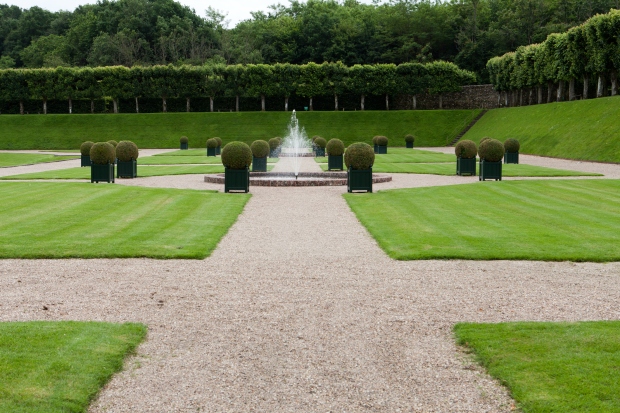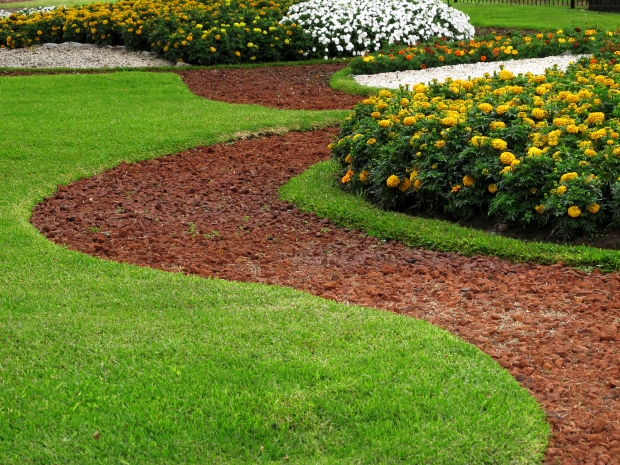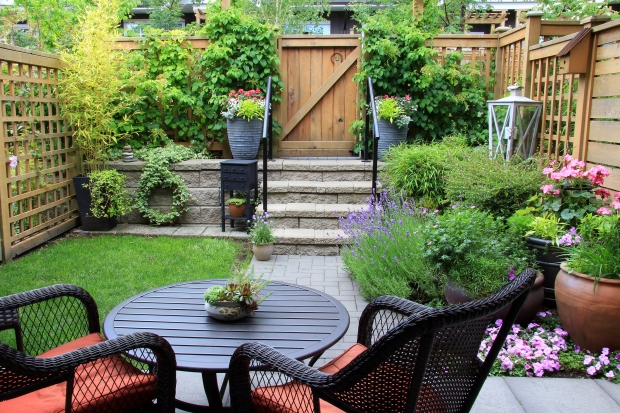Choosing the Size and Shape of Your Lawn
There are many decisions to make when creating a lawn space, and choosing the size and shape are as important as any other. While these traits may seem inconsequential overall, they are more impactful than you might think. This chapter will show you why.
Selecting a Shape for Your Lawn
The shape of your lawn can be regular or irregular, and the option you choose will have a significant impact on the overall character of the space. Let’s begin by considering the effect that regular forms can have on your lawn.
Using Regular Shapes
Regular lawn shapes are nothing more than the simple shapes that you have been familiar with for most of your life, including:
- Circle
- Square
- Oval
- Rectangle

These shapes are consistent and predictable and give your lawn a neat appearance. Regular shapes are often the best choice for those who want a more formal or classic look. Combining multiple regular shapes gives you more freedom while maintaining a strong sense of order.
Using Irregular Shapes
Irregular lawn shapes are less predictable than regular ones and are usually more complex. These forms can consist of either straight lines, curved lines, or a combination of both. The defining feature is a lack of consistency that creates a more amorphous form.

Irregular shapes are best if you want to achieve a more naturalistic look rather than a neat and formal appearance. These shapes may also be the only option for you if you are trying to fill leftover space in your yard with new grass.
Sizing Your Lawn
No matter what shapes you choose to use for your lawn, the size will matter as well. From a design perspective, you should choose a size that allows your lawn to remain in a good proportion to the other garden elements in your yard. Sizing your lawn with that in mind allows your lawn to fit neatly into the landscape rather than standing out more than it should.

Lawn sizing is also a matter of maintenance. As you would guess, smaller lawns are easier to care for, resulting in much less ongoing maintenance. Larger lawns require more labor and materials to upkeep.